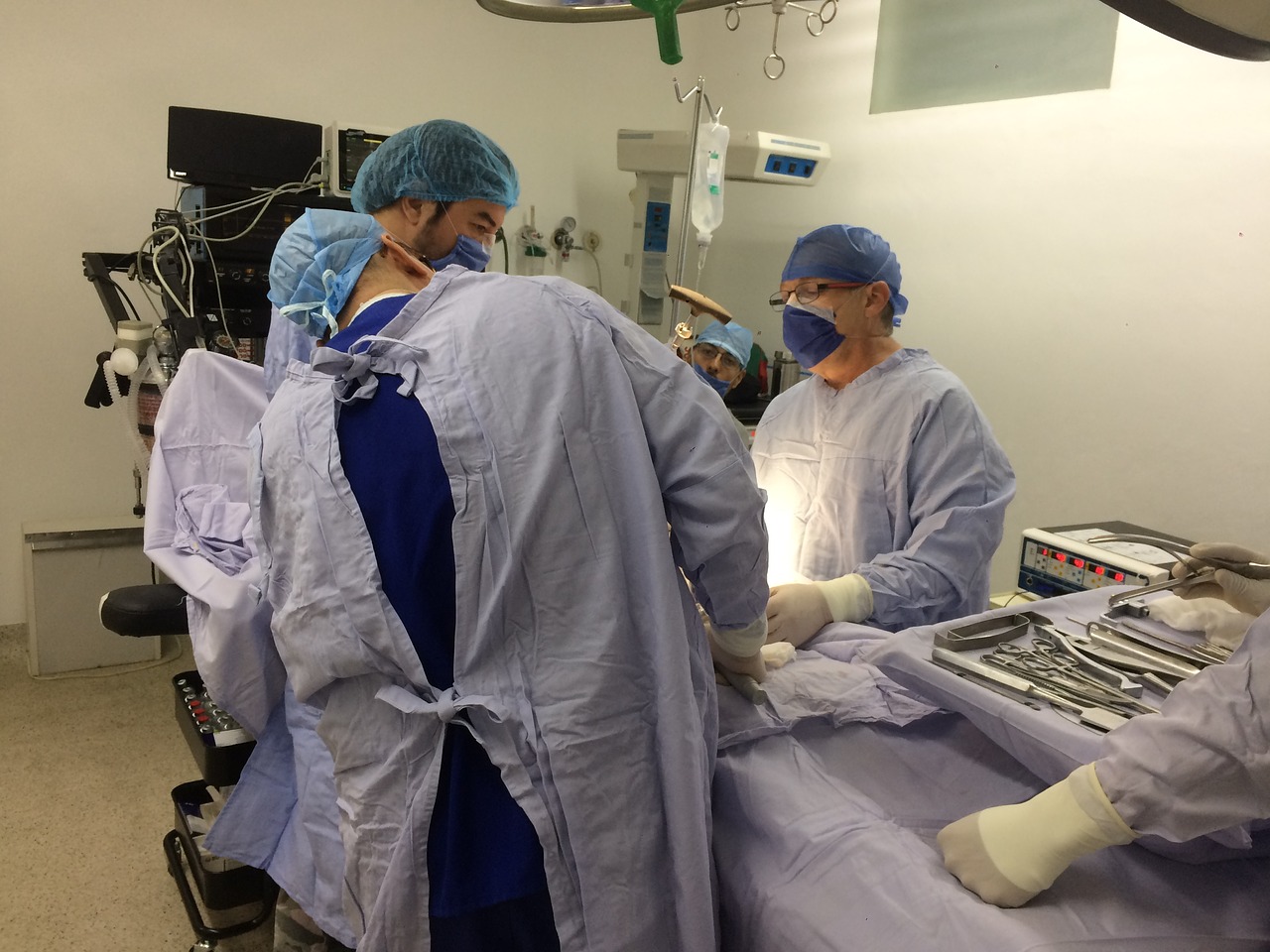Cysticercosis: Understanding the Silent Threat – Cysticercosis is a parasitic infection caused by the larval stage of the pork tapeworm, Taenia solium. This condition poses a significant public health concern in many parts of the world, particularly in regions where sanitation and hygiene standards are lacking. In this comprehensive guide, we delve into the intricacies of cysticercosis, exploring its causes, symptoms, diagnosis, treatment options, and preventive measures.
Cysticercosis: Understanding the Silent Threat

Causes of Cysticercosis
Cysticercosis is primarily transmitted through the ingestion of food or water contaminated with the eggs of the Taenia solium tapeworm. Poor sanitation practices, inadequate sewage disposal systems, and consumption of undercooked pork products are major contributing factors to the spread of this parasitic infection.
Symptoms of Cysticercosis
The symptoms of cysticercosis can vary widely depending on the location and number of cysts formed within the body. Common manifestations include headaches, seizures, neurological deficits, and visual disturbances. In severe cases, cysticercosis can lead to life-threatening complications such as hydrocephalus and stroke.
Diagnosis of Cysticercosis
Diagnosing cysticercosis often involves a combination of clinical assessment, imaging tests (such as CT scans and MRI), and laboratory analyses (including blood tests and serological assays). These diagnostic modalities help healthcare providers accurately identify the presence of cysts and assess the extent of the infection.
Treatment Options
The management of cysticercosis typically involves a multi-faceted approach, combining antiparasitic medications (such as albendazole and praziquantel) with adjunctive therapies to alleviate symptoms and prevent complications. In some cases, surgical intervention may be necessary to remove cysts from critical areas of the body.
Prevention Strategies
Preventing cysticercosis relies on implementing effective sanitation practices, promoting food safety measures, and raising awareness about the risks associated with consuming raw or undercooked pork. Educating communities about proper hygiene habits and encouraging regular deworming of pigs are essential components of prevention efforts.
Global Impact of Cysticercosis
Cysticercosis remains a significant public health challenge worldwide, particularly in low- and middle-income countries where poverty and inadequate healthcare infrastructure exacerbate the burden of the disease. The economic impact of cysticercosis, stemming from healthcare expenditures and productivity losses, underscores the need for sustained efforts to control and eliminate this neglected tropical disease.
Challenges in Managing Cysticercosis
Despite advancements in diagnosis and treatment, several challenges persist in the effective management of cysticercosis. Limited access to healthcare services, insufficient funding for research and control programs, and cultural barriers to implementing preventive measures continue to hinder progress in combating this parasitic infection.
Research and Innovations
Ongoing research efforts are focused on developing improved diagnostic tools, novel treatment regimens, and potential vaccines against cysticercosis. Collaborative initiatives between governments, academic institutions, and international organizations aim to accelerate the pace of innovation and expand access to innovative interventions.
Living with Cysticercosis
For individuals living with cysticercosis, managing the condition involves adopting lifestyle modifications, adhering to prescribed medications, and seeking regular medical follow-up to monitor disease progression and address any complications. Support groups and patient advocacy organizations play a vital role in providing emotional support and practical assistance to those affected by cysticercosis.
Public Health Initiatives
Government-led public health campaigns aimed at raising awareness about cysticercosis and promoting preventive measures are essential for reducing the incidence and impact of this parasitic infection. Community engagement, grassroots outreach, and collaboration with local stakeholders are key components of successful intervention strategies.
Case Studies
Real-life examples of individuals affected by cysticercosis underscore the human toll of this disease and highlight the importance of early detection, prompt treatment, and ongoing support services. By sharing these stories, we can amplify the voices of those impacted by cysticercosis and advocate for greater investment in prevention and control efforts.
Future Outlook
While the challenges posed by cysticercosis are formidable, there is reason for optimism regarding the future of disease control and eradication. With continued investment in research, innovation, and public health infrastructure, we have the potential to significantly reduce the global burden of cysticercosis and improve the lives of millions of people affected by this debilitating condition.
Conclusion
In conclusion, cysticercosis remains a complex and challenging public health issue with far-reaching implications for individuals, communities, and healthcare systems worldwide. By enhancing our understanding of the causes, symptoms, diagnosis, and treatment of cysticercosis, we can empower healthcare professionals, policymakers, and affected individuals to work together towards effective prevention and control strategies.
FAQs
- What are the primary risk factors for cysticercosis?
- Can cysticercosis be transmitted from person to person?
- Is there a vaccine available for cysticercosis?
- What steps can I take to prevent cysticercosis?
- How common is cysticercosis globally?




